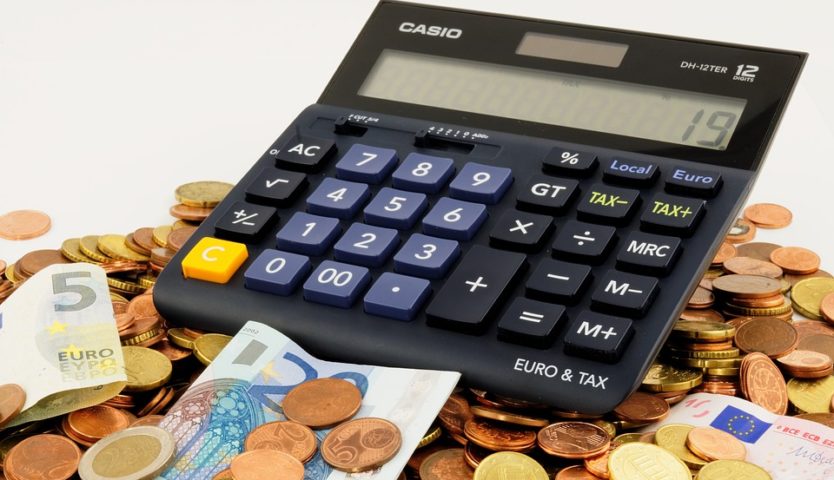Owing money to the Canada Revenue Agency (CRA) is not like owing money to any other debt or creditor. The CRA and its Collections Department is empowered by laws to collect on your debt. This means they negotiate differently than other creditors – they have the means to be more aggressive when working out a payment plan.
Each year after you file your taxes, the CRA sends a Notice of Assessment detailing the information of your return. If you owe money on that return, you have 30 days from the time of the assessment to pay the amount owing. The CRA will usually contact you with a request for payment, by phone or mail, if the amount isn’t paid within that 30 days.
You have 90 days after the date that the Notice of Assessment was mailed to make a payment or set up a payment arrangement. Otherwise, the debt then gets passed over to the Collections Department.
What are the CRA’s collection options?
Because the CRA has more power to collect on a debt than regular creditors, they have various means of seizing the amount owed and apply it to the tax debt:
- Using money owed to you from other government programs. The first step the CRA will likely take is to use money owed to you, such as your GST/HST credits, and apply these towards the debt.
- Garnishing your wages. It rarely gets to the point of having your employment income garnished to satisfy a debt but the CRA is legally allowed to intercept payments to you from 3rd party such as an employer.
- Seizing and selling your assets. As a last resort, the CRA can seize property that you own, such as your car, and have these assets sold by a court enforcement officer. They then use the proceeds to pay off the debt.
What are my options when dealing with CRA collections?
Paying in Full
If you find yourself with a tax debt, it is in your best interest to pay the amount owing as soon as you can. By paying in full, you avoid interest charges and other legal and financial consequences. The easiest way to do this is to pay online through the CRA website.
Otherwise, you can pay through your bank or other financial institution or by mail. To do so, you will require the remittance slip located at the bottom of your Statement of Account. Do not staple it to any cheques or other forms and be sure to never mail cash to the CRA.
You can find more information about payment options at Canada.ca.
Partial Payments
Even if you cannot pay the tax debt in full, you should take action right away. The CRA will work with you to resolve debt and you may qualify for payment arrangements. When a payment arrangement is made, you are able to make smaller payments over time. However, if you miss payments the arrangement may be null and voided.
You may also qualify for a taxpayer relief provision, which relieves part of your debt or interest based on your situation.
Refusal to Pay
Refusing to pay a tax debt can have serious financial or legal consequences. Once the debt goes to the CRA’s Collection Department, they are liberty to employ any of the above methods to collect on the amount owing. If you are in disagreement with the CRA’s assessment, you can file an Income Tax Objection.
Have questions about tax debt and collection actions? Contact our professionals at Liu & Associates LLP for more information.
